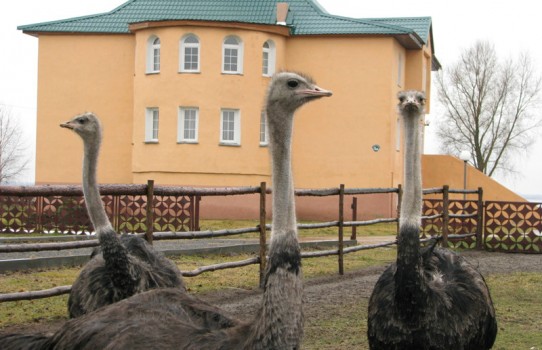Этот уголок земли для нас дороже всех других...
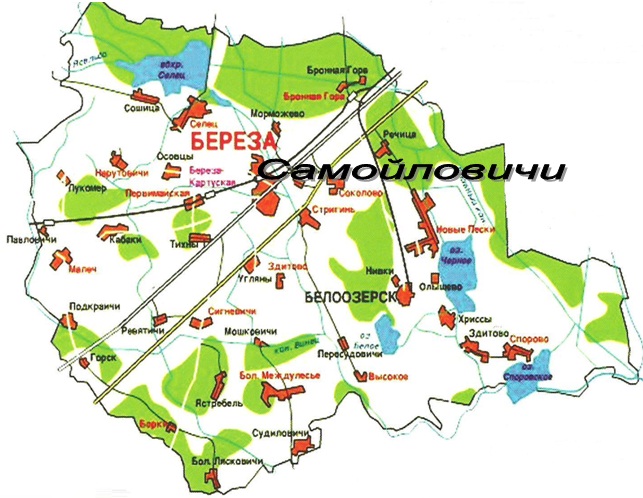
Есть несколько версий происхождения названия деревни Самойловичи.
Одна из них (наиболее вероятных) состоит в том, что на название деревни оказало влияние её расположение в верховьях реки Ясельды. Раньше, как говорили старые люди, деревня находилась на самом берегу реки. Основным занятием населения была ловля рыбы. В морозные дни рыба из-за нехватки кислорода двигалась обычно против течения и собиралась в верховьях рек. После больших морозов, когда наступала оттепель, рыбаки пробивали лунку, рыба шла на открытую воду. Ловить её не составляло большого труда, получалось, что она будто «сама ловилась», сама попадала в руки. Отсюда и название деревни.
Люди старшего поколения до сих пор называют деревню «Самоловцы». Только сегодня местом ловли рыбы и отдыха местных жителей стали расположенные вблизи деревни отработанные меловые карьеры, которым уже более 100 лет.
По другой версии поселение основали потомки человека по имени Самойла. Имя является разговорным вариантом к имени Самуил (с др. еврейского – бог) известного на территории Беларуси с XVI века.
В 1988 году деревня Самойловичи была включена в состав города Берёзы, решением городского совета от 08.02.1988 года № 712.
Березовская земля сохранила ряд безмолвных свидетельств исторических событий. Некоторые из них дошли до наших дней почти нетронутыми, от других остались лишь отдельные элементы. Историко-культурное наследие Березовского района имеет свою неповторимость, свои особенные черты и является предметом нашей гордости и заботы.
Подробнее ознакомиться с памятными местами Берёзовщины вы можете здесь
Это интересно
Тёзки Березовщины
В мире много населенных пунктов имеют одинаковое название. Есть город Москва в России и есть город с таким же названием в США. Есть Брест в Беларуси и есть город Брест во Франции и т.д. А что касается сёл, то даже в нашем районе две деревни Здитово, два Заречья и две Песчанки. Населенных пунктов с названием Селец и Пески только в Беларуси наберется не один десяток.
А что же с Березой и Березовским районом? Города с названием Береза (Bereza, Beryoza), кроме нашего, на карте мира не удалось разыскать. А вот Березовских районов, оказывается, четыре: в Одесской области Украины, Ханты-Мансийском автономном округе Российской Федерации, а также в Пермском и Красноярском краях. Их жители, как и мы, называют себя березовчанами или березовцами.
Городское поселение Березово
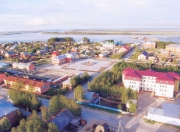
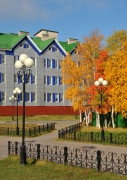

Belarus is famous for its vast green areas and unique historical places. And Bereza is one of them.
Location
Bereza is performing the function of the administrative center of Bereza district located in the Centre of Brest region and surrounded by Ivatsevichi, Pruzhany, Drogichin, Ivanovo and Kobrin districts. Bereza is a town located on the Yaselda river, which flows through the woodland and the Pribugskaya plain.
The population
On January 1, 2017, the city population was 29 451 people. The average life expectancy is 73,1 years (five years ago – 68 years).
The national population consist of: Belarusians – 88,6 %, Russians - 7,6%, the Ukrainians – 2,1%, Poles – 1,4% and other nationalities - 0,3%.
Heraldry
The emblem of the town is a shield in blue with silver gates in the centre. The bottom of the silver tip followed by two wavy stripes the upper is black, lower is blue.
The flag of the town is a rectangular cloth of blue color with an aspect ratio of 1:2, with white lower strip, which is separated from the upper two wavy stripes: upper is white, lower is blue. There are white gates in the center of the frout side of the cloth.
The emblem and the flag were officially approved by the decree of the President of the Republic of Belarus number 659 of December 2, 2008.
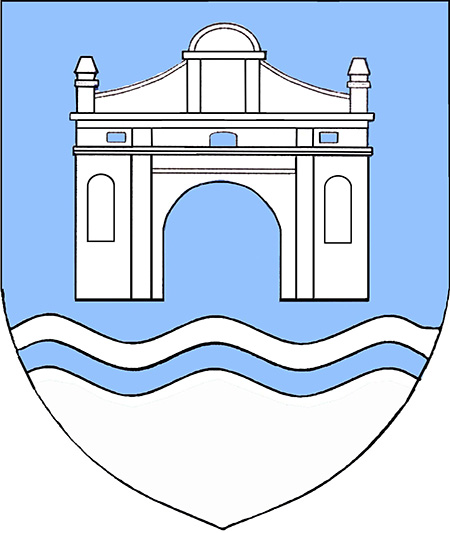
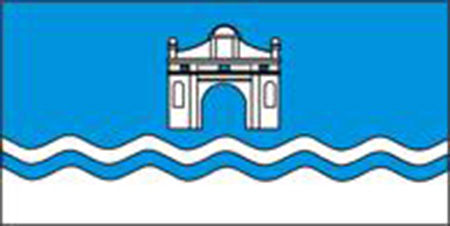
History
Bereza is a town with a unique history. Originally it was the village. The owner Yan Gamshey built there the Church of the Holy Trinity. This is the first mention of this settlement relating to 1477. Later, the village was granted the town status. Here fairs have been annually held and craft was actively developed. In the XVI century, this place became one of the centers of Calvinism.
The new owner of Bereza, Lev Sapieha, organized the construction of a new Church, but the beginning of the liberation war of the Ukrainian Cossacks with the Polish - Lithuanian Commonwealth, prevented the work only in 1650. Poles signed a decree on the establishment of Berezovsky monastic order of Carthusians, which was the result of the construction of a new monastery. Monks lead an ascetic life, but the lay services were held and it attracted a lot of people that contributed to the further development of the town.
So, the Swedish army led by Charles XII destroyed and plundered the town twice. The damage inflicted and the Russians under the command of Suvorov. A new disaster has occurred in the twentieth century, first in the period of the First World War, then in the Second. The Nazis brought evil, destroying dozens of buildings and killing thousands of civilians.
Attractions
Bereza is a very beautiful town. Though it is nearly 540 years. The most popular sights are ruins and the surviving fragments of the Carthusians monastery.
This ancient monastery in the town was one of the largest and richest not only in the territory of modern Belarus, but throughout the Polish - Lithuanian Commonwealth. In the vast monastic complex in the town was formerd by Church with a high belfry tower (only fragments survived till our days with all of the Church), cells (i.e. residential housing), a pharmacy, a hospital, a refectory, a library, numerous outbuildings and fortifications.
After the uprising of 1830-1831, in which the monks took an active part on the side of the defeated rebels, the monastery in the town was closed, and all his property was given to the cadet corps in Polotsk.
On the territory of the former monastery in the town are outbuildings of the second half of the 20th century. However, even those ruins of the monastery complex in that allow us to represent all of its glory. They are the architectural monument of the 17th century, the historical-cultural value and an important landmark of Belarus.

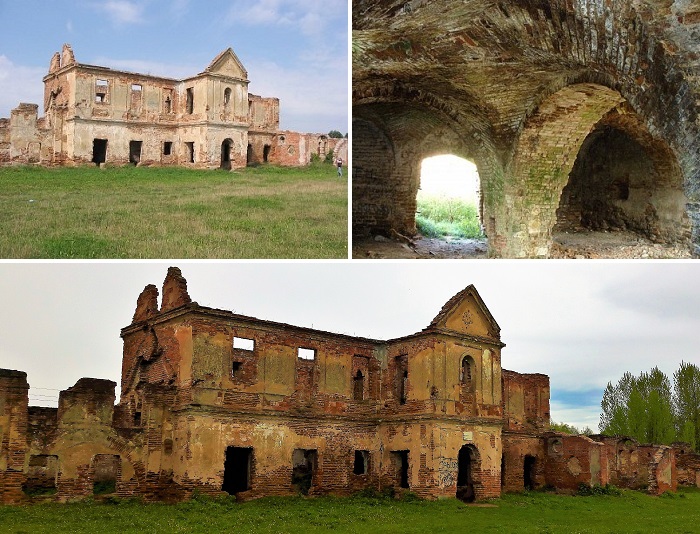
There are other attractions in Bereza. For example, the Church of Saints Peter and Paul, which was originally built in 1772. The Church was substantially rebuilt, including in recent times. However, this temple in the town is an interesting architectural monument and cultural-historical value of Belarus.

There are few modern churches in the town we can mention among them. The Church of St. Michael the Archangel, built in 2007, and Trinity Church, built in 1998. These modern architectural monuments can also be interesting for some tourists and travelers.


Finally, it is also necessary to mention barracks, which were built of brick from the demolished monastery. So, these barracks were erected in the town in the second half of the 19th century. In the 1930s, when the town was a part of Poland interwar. These barracks, called "red," became infamous as a concentration camp created by the Polish authorities for political prisoners of Western Belarus. At the moment these buildings are in excellent condition and widely used for various purposes.
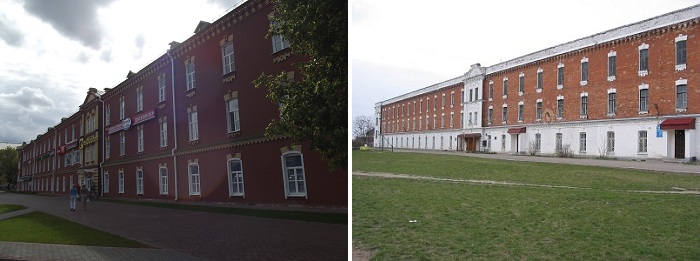
There is a monument at the entrance to the town to Soviet pilots who in the early days of the war took part in raids on German troops in the area of Bereza.
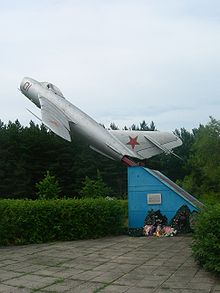
Natural resources
The town situated in a picturesque area, 20% of which is forest tracts. There is the Yaselda river with its tributaries Zhigulenka and Vines. There is 7 km from the town is the reservoir Selets, included in the Fund reserve "Bulovka", and 25 km to lake Sporovsky in the area which is a vast array of animals, reptiles and birds. 17 species of rare and endangered fauna of the reservoir included in the Red book. There are in the district of Bereza two lakes – Black and White. The first is one of the largest in Belarus, and the second is famous because it is rich with the shrimp, which allowed Amateur fishing.
Stay
Bereza is a very welcoming town. Tourists are offended by hotels, it offers a good rest in the estates. One of them, "Generous hare" is located not far from the town the village Selovchina. There are ponds with equipped Seating on its territory. It offers the interesting program, including Hiking and Cycling, picking berries and mushrooms, fishing.
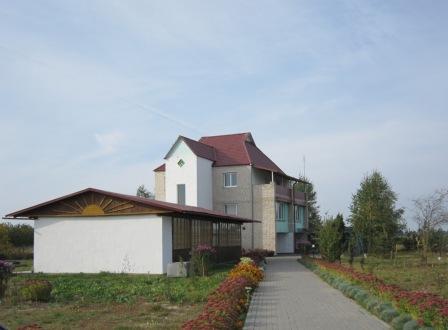
Hospitable door of the manor "Sporovskaya" which is located on the shore of Sporovo lake are opened. There's a café serving delicious food. Guests here can rent a room in a three-storeyed house or a detached cottage. The cultural program includes boating, playing billiards, hunting, fishing, piking for mushrooms and berries, water skiing and more.
